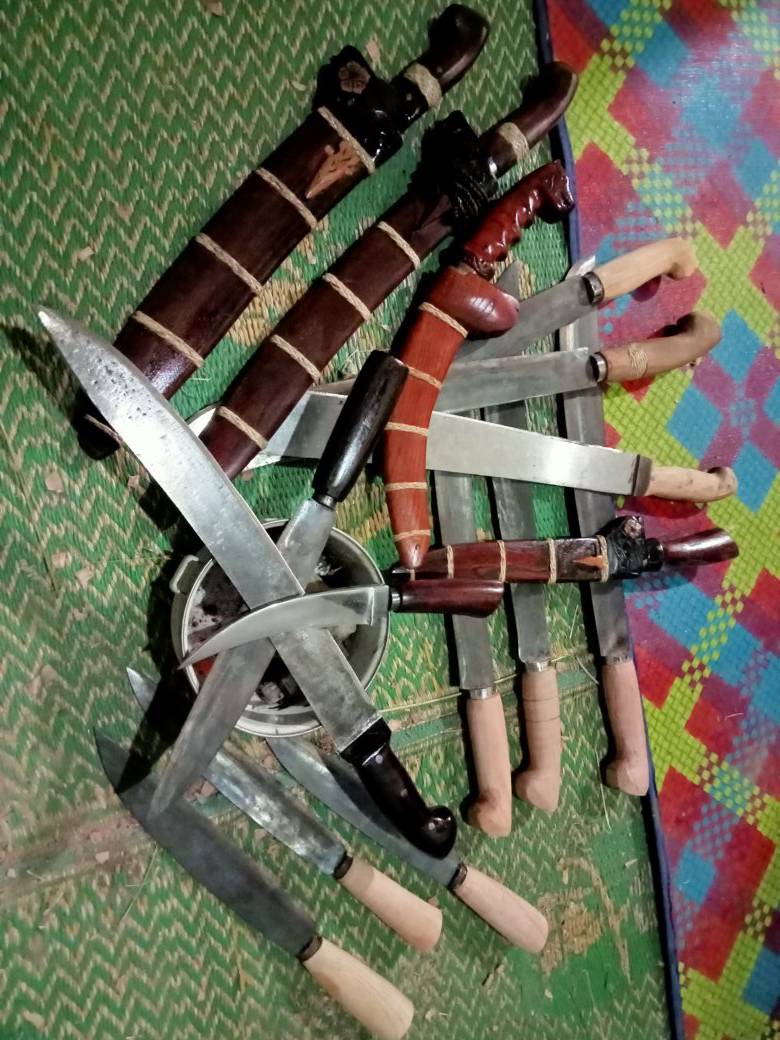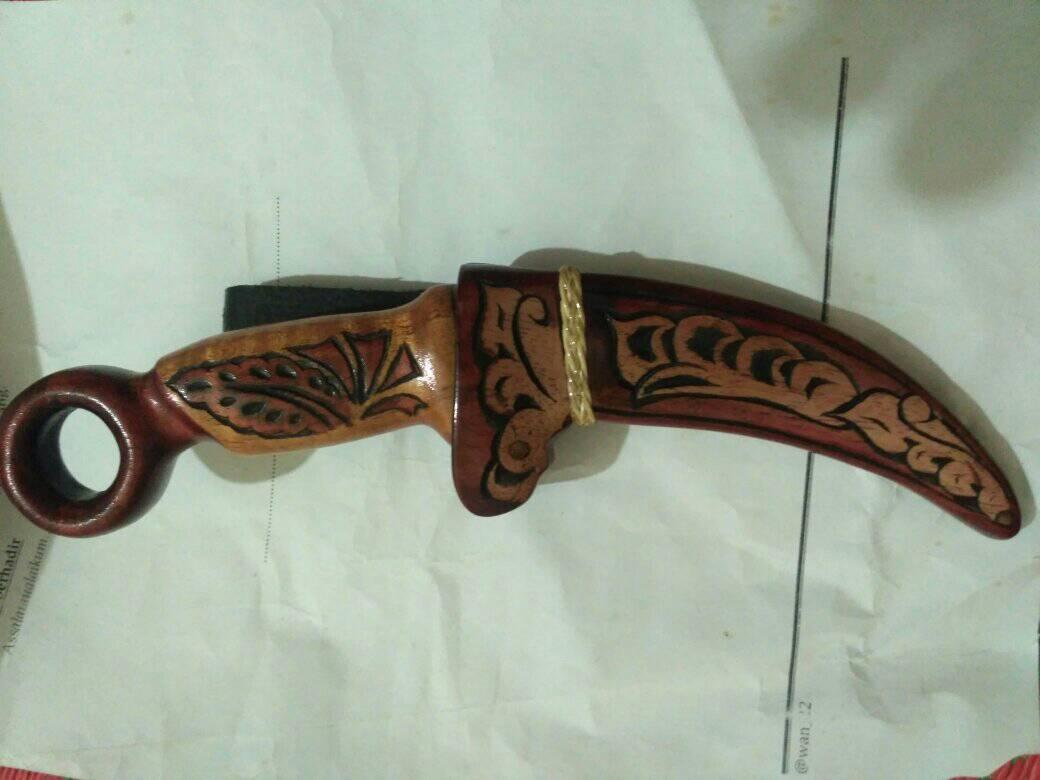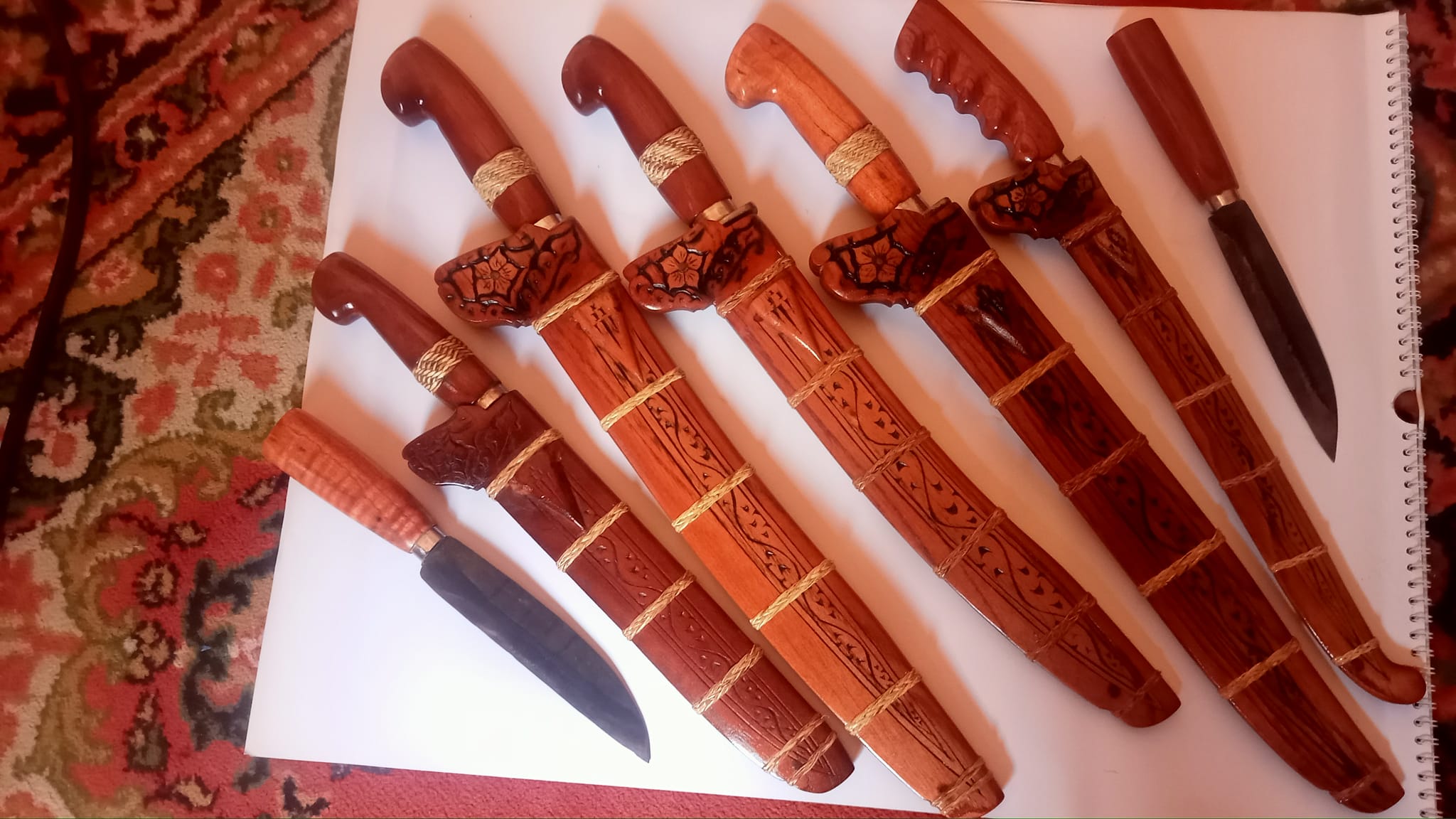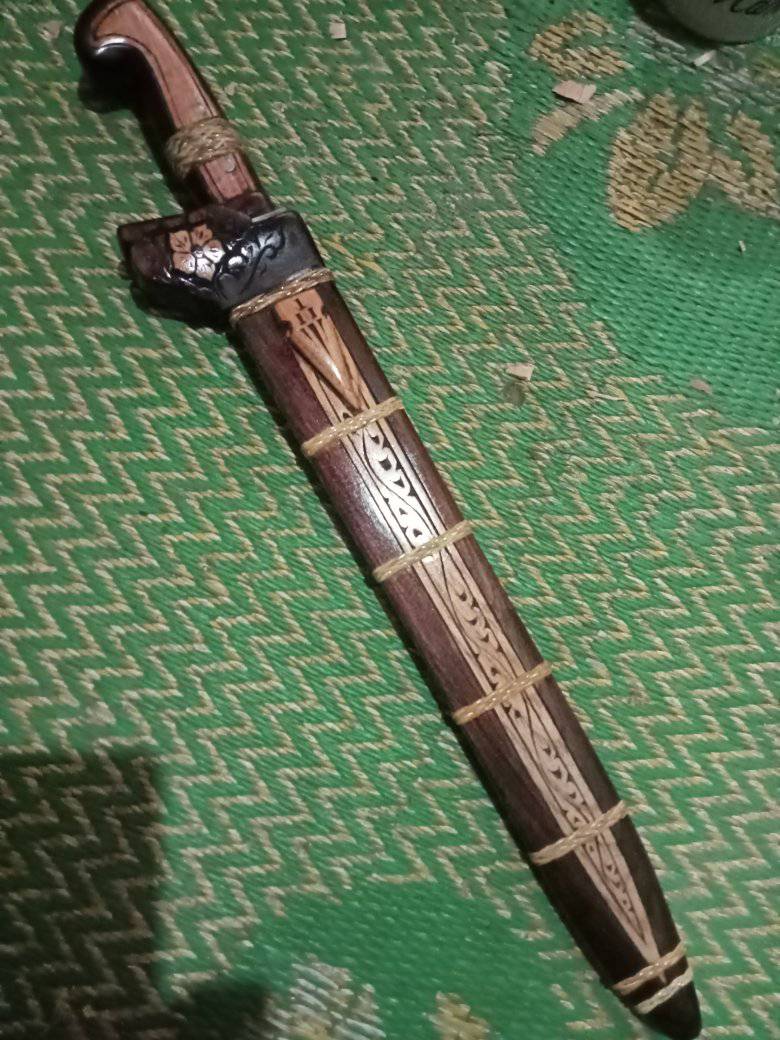A Simple Guide to Making a Detailed Wooden Knife Sheath
Introduction
Our environment is a vital asset that must be preserved for the well-being of current and future generations. One way we can contribute is by creatively using natural materials like wood and leather, which play a major role in crafting knife sheaths.
Making a wooden knife sheath is a rewarding project that combines creativity, sustainability, and practical skill. In a world where preserving natural resources is increasingly important, working with materials like wood and leather provides both ecological and artistic benefits.
Turning wood and leather into handmade crafts not only allows for self-expression but also brings economic and aesthetic value. In this article, we’ll explore in detail how to make a knife sheath using wood and leather, a fun and fulfilling project suitable for teens, adults, or anyone looking to channel their creativity.
Benefits of Crafting with Wood

When shaping the exterior of the wooden knife sheath, feel free to add your style through curves or carving.
Before jumping into the process, it’s helpful to understand the benefits of using wood for handmade projects:
-
Recycling Wood Scraps
Small wood pieces that are typically discarded can be repurposed into something valuable and useful. -
Boosting Creativity
Crafting encourages creative thinking and allows us to explore fresh ideas. -
Improving Motor Skills
Activities like cutting, carving, and finishing wood help refine hand-eye coordination. -
Business Opportunities
With consistency, woodcrafts can evolve into a profitable small business. -
Promoting Environmental Awareness
Especially for younger people, crafting with wood serves as an educational tool about sustainability and resourcefulness.
Tools and Materials You’ll Need

To make a wooden knife sheath, gather the following:
-
Wood (good quality and moderately hard)
-
The knife for which you’re making the sheath
-
Saw
-
Carving knife or chisel
-
Small hatchet
-
Drill machine
-
Sandpaper (from coarse to ultra-fine)
-
Clear varnish
-
Rattan for binding or accents
Step-by-Step Instructions
When shaping the exterior of the wooden knife sheath, feel free to add your style through curves or carving.
-
Prepare the Wood
Make sure the wood has a solid structure and is hard enough to hold form. -
Measure and Cut
Cut the wood according to the size of the knife. Leave about 1 cm of extra space around the edges. -
Flatten the Base
Use a machine (or hand tools) to smooth and level the surface after cutting. -
Outline the Knife Shape
Trace the shape of the knife, particularly the widest part, onto the flat wood. -
Carve Out the Interior
Carefully hollow out the space within the outline using a carving knife or chisel, ensuring a snug fit when the two sides are joined. The goal is to make sure the knife slides in easily without being too tight or too loose. -
Shape the Exterior
Once the interior is ready, shape the outer part of the sheath to your desired design. -
Add Decorative Carving (Optional)
You can personalize the sheath with carvings of your choosing. -
Sanding
Sand the surface patiently, working from coarse to fine grit for a smooth finish. This step takes time but significantly affects the final look. -
Finishing Touches
When all parts are smooth, weave rattan as needed, then apply clear varnish to bring out the natural grain and add shine.
Extra Tips
-
Use multipurpose glue to reinforce joints for better durability.
-
Choose wood with attractive natural patterns for a more artistic result.
-
Experiment with different shapes and sheath styles for variety.
Advanced Ideas
Once you’ve mastered the basic knife sheath, try crafting other items like:
-
Multi-purpose wooden containers for makeup
-
Tiered pencil holders
-
Custom wooden boxes for gifts
These projects can be both enjoyable and profitable.
Environmental Impact
Instead of throwing away leftover wood, turn it into something useful. This approach not only reduces waste but also promotes sustainability.
Economic Potential of Wood Crafts

Handmade wood products often carry high market value, especially when crafted with care and creativity. Many small businesses and artisan communities have successfully sold wood crafts locally and even internationally.
You can start from home, sell on social media, join craft fairs, or set up an online store. With a bit of artistry and functionality, simple items like knife sheaths and souvenirs can turn into sought-after products.
Conclusion
Creating a wooden knife sheath is more than a craft, it’s a way to support the environment while learning a practical and creative skill.
Making a wooden knife sheath is more than just a craft; it’s a creative process that offers functional results, environmental benefits, and even business opportunities. Whether you’re a beginner or a seasoned maker, this project can bring a deep sense of accomplishment.
With simple tools and a bit of effort, anyone can create useful, eco-friendly crafts. Start small, and who knows, it might lead to something big. Happy crafting!
FAQ – How to Make a Wooden Knife Sheath
1. Do I need a specific type of wood?
Not necessarily, but it’s recommended to use hardwoods like teak, mahogany, or rosewood. These types of wood are strong, durable, and have attractive grain patterns that enhance the final look.
2. Is a machine required to flatten the wood?
Using a machine can speed up the process and improve precision, but it’s not essential. You can also use hand tools like chisels, coarse sandpaper, and hand planes to achieve a flat surface—it just takes a bit more time and effort.
3. Is this project suitable for beginners?
Yes, this is a beginner-friendly project as long as you follow the steps carefully. It’s a good idea to start with a simple design and gradually move on to more detailed work.
4. What is the purpose of the rattan?
Rattan is used as an outer decorative binding or accent. It adds both visual appeal and extra structural support, especially around the joints of the sheath.
5. Can I substitute rattan with other materials?
Yes, you can use leather strips, nylon cord, or any decorative material you prefer, depending on the style and look you want to achieve.
6. What’s the best way to finish the wooden sheath?
A clear varnish or wood finish is ideal to highlight the natural grain while protecting the surface. You can also use wood oil for a more matte, rustic appearance.
7. How can I ensure the knife fits snugly, not too tightly or loosely?
During the carving process, frequently test the fit by placing the knife inside. Carefully adjust the depth and width to match the blade’s shape. The knife should slide in smoothly without wobbling.
8. Should I use glue to hold the parts together?
It’s not strictly necessary, but using strong wood glue or multipurpose adhesive will give your sheath better durability and a cleaner, more solid structure.
9. What if I don’t have power tools like a drill or saw?
That’s okay! You can still complete the project using hand tools like a handsaw, carving knife, and sandpaper. It may take longer, but the results can still be great with patience and precision.
10. Can I sell handmade knife sheaths?
Absolutely. Handmade wooden knife sheaths can have great market value, especially if they’re well-designed and polished. You can sell them through social media, craft fairs, online marketplaces, or even start your own small business.







